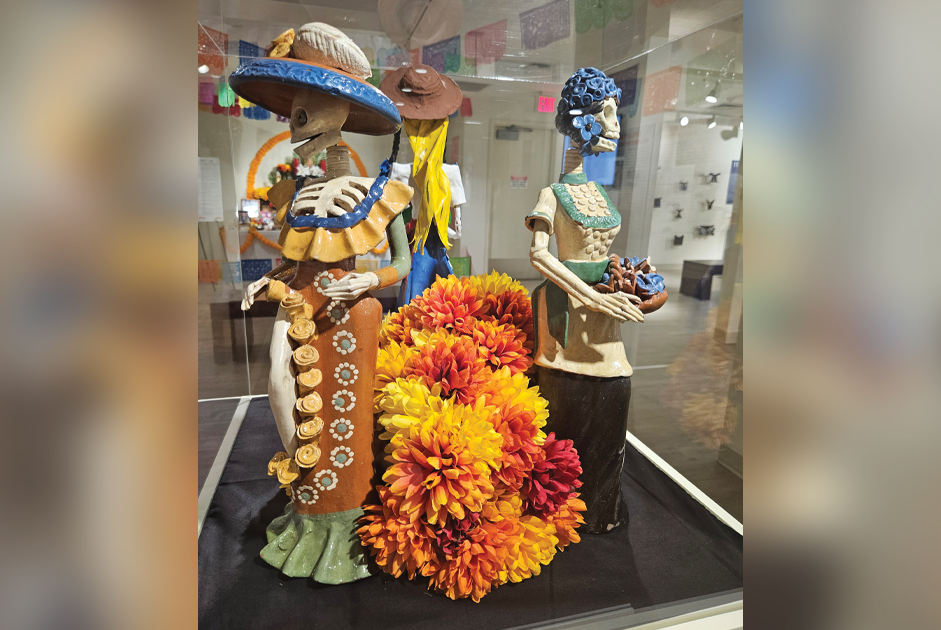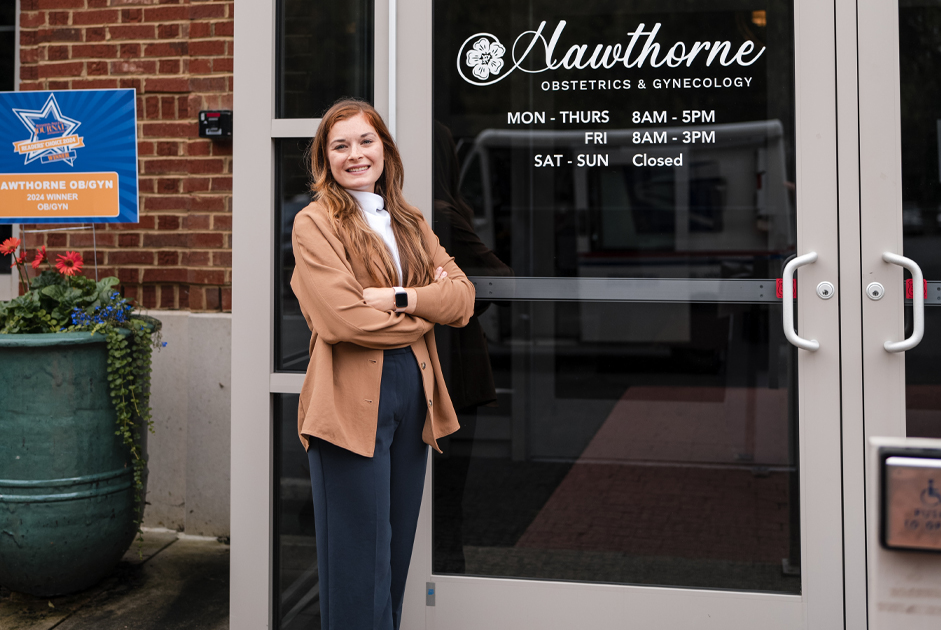Have you ever watched children at a community playground? From first sight, a child will begin running with the anticipatory desire to engage in sliding and climbing, spinning and swinging. Instantly, the new child is welcome among the players. Why? At a place of common ground and community, a child does not have to be well liked or talented, smart or possess any skill other than the desire to play. Conflicts and disagreements are not part of the experience; with ease, sharing occurs and turns are patiently taken. The rules change when competition and ranking matter. If we don’t learn the human value of kindness, bullying is always going to have a place in our society. Teaching lessons of showing and verbalizing friendliness, encouraging others through compliments, and actively displaying kindness can spread through classrooms and schools, playgrounds and communities.
Kindness Equals Positive Rewards
Children are listening to kind words exchanged between parents and grandparents, as well as the tone adults use to convey positive actions and behaviors. While valuable, witnessing modeled behavior is not enough for children to understand how to be kind to others. Through research conducted at the University of British Columbia, children spanning the ages from 9 to 11 were asked to perform and record three acts of kindness per week across 30 days. A separate group of children maintained entries of three “pleasant places they visited.” The findings revealed the following:
Children who performed acts of kindness or visited pleasant locations felt happier.
By offering encouragement to peers, children gained friends and reflected that acting kind was worth the effort.
Children discovered kindness created a feeling of community and acceptance among classmates; as a result, a positive outlook on “life” extended to family, friends, school, learning, confidence, and self.
A noticeable lessoning of bullying behaviors occurred.
Additionally, kind acts improved energy levels, academic achievement, and established an overall personal feeling of success.
Lessons
Though a teachable moment, parents can capitalize on the opportunity to teach their child the art of being kind with the following suggestions.
Compliments offer a feeling of praise and recognition. While most children thrive on positive words, it may not be easy for a child to voice a compliment to a friend, classmate or stranger on their own. A parent may help begin the conversation by asking the child to think about a person’s strength. For example, the child might say, “I’ve never thought of that idea before. You are so creative!” Thinking positively can also change a child’s mindset from jealousy or disappointment to kindness. Additionally, when compliments are freely given, they are often returned.
On a weekly basis, take the opportunity to share as a family one situation that was gratifying. By openly talking, members of family will self-reflect and find new ways to strive for kindness.
With the current trend of recording live situations through a cell phone, society has taught our children to be bystanders, rather than people of action. It is important for our youth to aid a person in trouble or who is struggling. Acts of kindness can be more than just finding help. Compassion is needed to remain present and communicate reassurance.
Who else can’t speak for themselves? Animals. Touch and play must be conducted with gentle hands and a calm voice. The rewards of caring for the family pet and all creatures may lead to a mutual understanding of respect and sometimes friendship. One question can be considered, “In what ways can you help animals?” Empowering children to think and care for others, which also includes young children, the disabled, and the elderly, can cause positive changes in more than one life.
Actions
The following suggestions can engage children in spreading kindness.
Encourage children to hold open a door and remember to ensure no one is coming before letting the door close.
Invite a new friend to the lunch table to expand a feeling of community and friendship.
Teach children to acknowledge an unknown person of their own age by saying the word “Hello” or offering a genuine smile. Not all children need to be close friends; yet, if we take the initiative, it allows the receiver to feel accepted, and potentially to develop into a friend.
Children who enjoy keeping a written record may enjoy starting a friendship journal.
The Random Acts of Kindness Foundation
If you are a parent, educator, or leader and seeking inspiration to promote acts of kindness, go to the website, www.randomactsofkindness.org. The foundation’s mission is to “Change schools, the workplace, families, and society through kindness.” It’s more than just an essential human value. The art of encouraging kindness is a movement toward happiness and success!






















